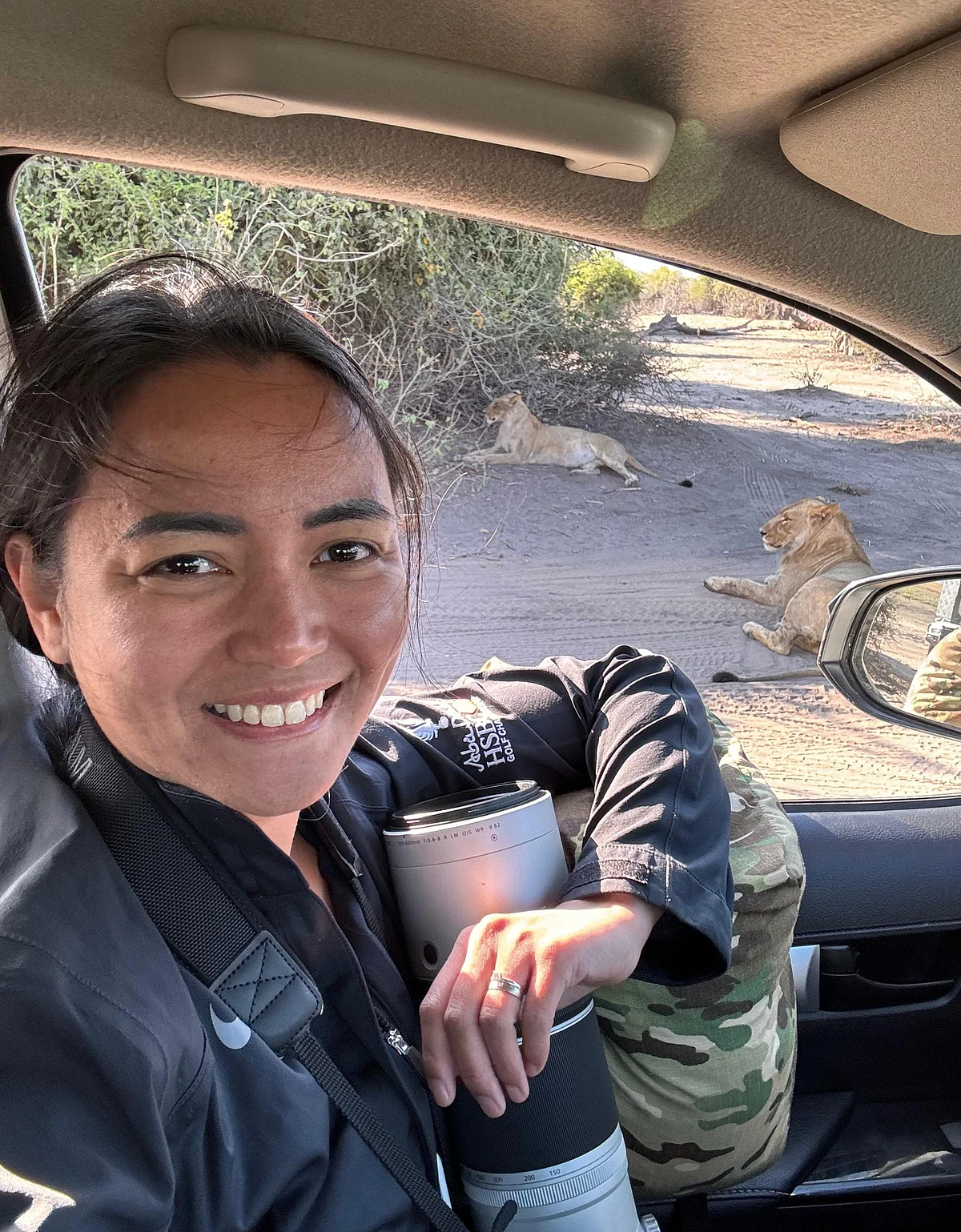From Dubai to South Africa: Filipina expat Kathlene Fidora’s wild journey through the lens
How Fidora turned a childhood passion into a global mission for wildlife conservation

Got an eye for epic landscapes or skyline shots that stop people in their tracks? Whether you're capturing the golden dunes of the desert, the dazzling Dubai skyline, the serene coastline of the Emirates, or the wildlife scene abroad—we want to see your best work!
Take inspiration from incredible photo essays like Kathlene Fidora’s wildlife adventure in South Africa—and share your own visual stories from the UAE or your travels abroad.
This is your chance to be featured in our Reader Gallery, where your photos could be seen and admired by thousands of Gulf News readers.
Email your most stunning images—with captions—to readers@gulfnews.com
Let’s celebrate the beauty of the UAE, one powerful photo at a time.
Network Links
GN StoreDownload our app
© Al Nisr Publishing LLC 2026. All rights reserved.